Maine’s reputation for rocky coastlines, quaint harbor towns, and quiet fishing villages has long made it a treasured New England destination. Yet by 2025, growing tourism numbers and the popularity of social media have dramatically reshaped many communities. While the state continues to welcome millions of visitors who support local economies, residents often feel the balance has tipped. The following towns illustrate how growth in popularity has tested Maine’s traditional sense of serenity.
1. Bar Harbor’s Vanishing Serenity
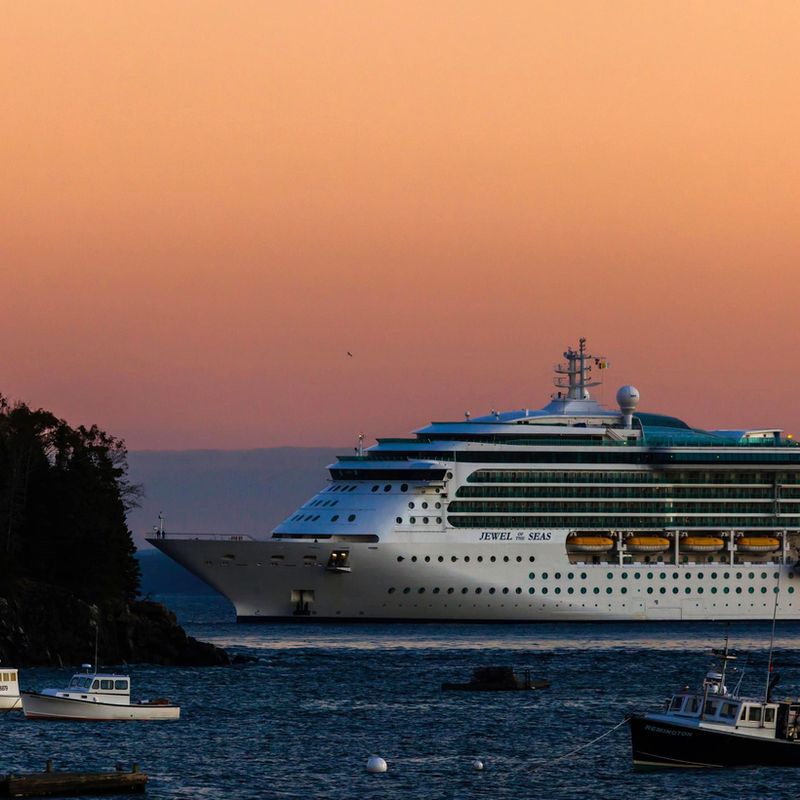
Bar Harbor remains Maine’s most recognized tourist hub, largely due to its location next to Acadia National Park. In summer 2025, the town still experiences overwhelming crowds tied to cruise ship arrivals and national park visitation.
Shore Path, once an early-morning retreat for locals, now sees steady traffic from sunrise onward. Parking is a major challenge, with most public lots filling well before noon, particularly on weekends. Acadia’s reservation system for Cadillac Mountain helps manage congestion, but overall visitation continues to strain Bar Harbor’s small road network.
Local businesses, while thriving, often cater to short-term visitors, shifting the downtown’s character away from long-time community gathering places. Souvenir shops dominate sections once filled with working waterfront activity. For residents, the summer months are now marked by careful planning around traffic, while visitors often need advanced reservations to secure even basic access. Bar Harbor remains beautiful, but its tranquility is now carefully managed.
2. Camden’s Harbor Overflow
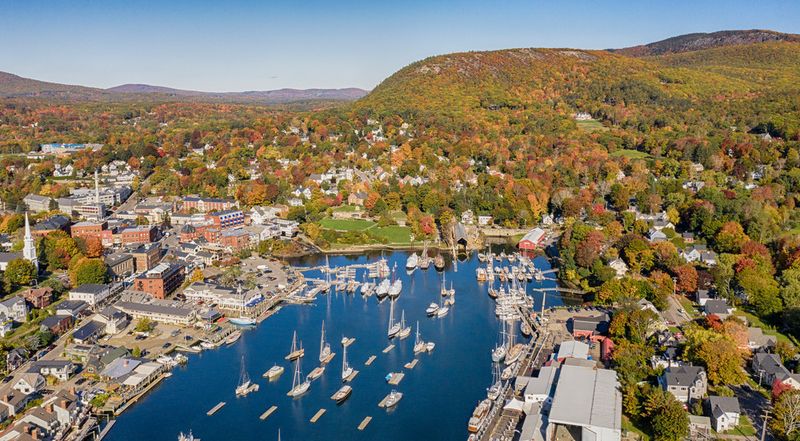
Camden’s harbor remains one of Maine’s most photographed coastal scenes, with sailboats set against Mount Battie’s backdrop. In 2025, however, summer congestion has grown significantly. Harbor Park fills quickly with tour groups, and sidewalks along Main Street often become crowded, slowing both pedestrians and drivers.
Local officials have noted trail erosion on Mount Battie and nearby paths as increasing numbers of hikers venture off designated routes for scenic photographs. Parking shortages during peak summer days push vehicles into surrounding neighborhoods, creating tension with residents. Many locals now avoid downtown between June and October, shopping and running errands in nearby towns instead.
Camden still retains its beauty, and the waterfront remains active with working vessels alongside pleasure craft, but the atmosphere is no longer defined by small-town quiet. Its reputation as a quintessential Maine sailing town has fueled its popularity, leaving the community searching for ways to balance preservation and tourism.
3. Kennebunkport’s Local Life Squeeze
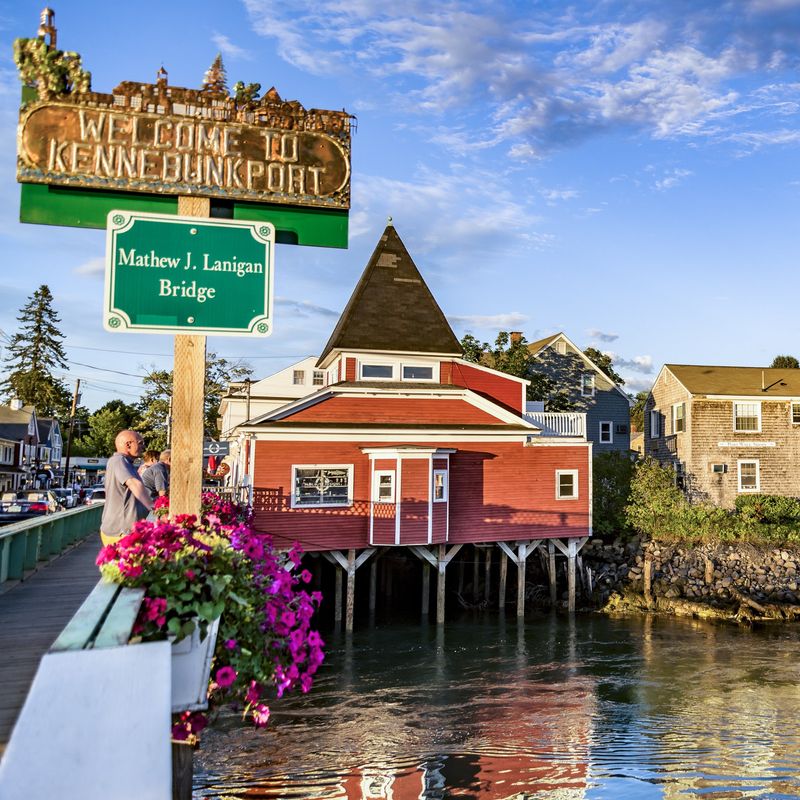
Kennebunkport, long known for its fishing heritage and historic homes, has become one of Maine’s busiest tourist destinations. Dock Square, the center of town, now remains active nearly year-round as businesses adapt to constant demand.
Parking scarcity continues to push workers and residents farther from the center, while many homes once owned by long-term families have shifted into seasonal rentals. Ocean Avenue, lined with historic residences and coastal views, often attracts steady streams of visitors during summer, leaving little space for daily community routines. Working lobstermen still operate from Kennebunkport’s harbor, but they now share space with seasonal tour boats and pleasure craft.
The shift in harbor activity reflects larger economic changes, where tourism often takes precedence over traditional industries. While the town remains one of Maine’s most recognizable coastal destinations, the pace and culture have transformed. The authentic fishing village atmosphere is still present, but it exists alongside significant tourism pressure.
4. Ogunquit’s Beach Blanket Battleground
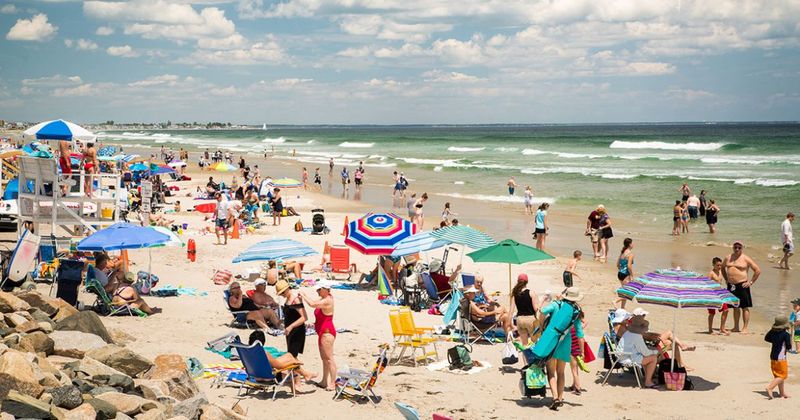
Ogunquit’s three miles of sandy beach remain among the most popular in New England, drawing families, groups, and day-trippers every summer. By 2025, demand has reached levels where parking lots fill before mid-morning, especially on warm weekends, forcing visitors into residential areas.
The Marginal Way, a scenic footpath along the ocean, has become crowded, with narrow walkways often congested by groups stopping for photos. Perkins Cove, a small harbor at the southern end, now faces long restaurant waits during peak dining hours, straining infrastructure in a town with limited space.
The beach itself remains clean and well maintained, with town staff working to manage litter and access points, but the sense of spaciousness that once defined the Ogunquit experience has diminished. Locals acknowledge the economic benefits but express concerns about quality of life during summer months. Ogunquit still delivers its famous views and shoreline charm, though its tranquility requires off-season visits.
5. Portland’s Old Port Transformation
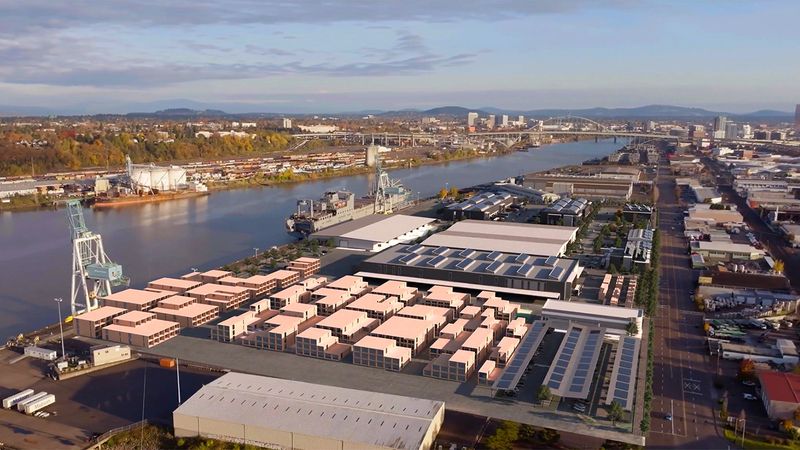
Portland, Maine’s largest city, has shifted dramatically in the last decade as its Old Port district became a focal point for visitors. Once a balance of working waterfront activity and modest tourism, the area now experiences near-constant congestion from spring through fall.
Commercial Street, the main waterfront thoroughfare, often backs up with vehicles searching for scarce parking. The cobblestone streets, once frequented by locals for everyday needs, are now dominated by boutiques, galleries, and specialty shops. While many businesses have prospered under increased demand, longtime residents have seen familiar services replaced by visitor-focused retail.
The ferry terminals also contribute to congestion as day-trippers and island visitors pass through. Neighborhoods near Old Port, such as Munjoy Hill, report growing tourism spillover, changing their character. Portland remains vibrant and a cultural hub, but its identity has shifted. Finding the city’s traditional local rhythm now requires exploring beyond the heavily visited downtown streets.
6. Boothbay Harbor’s Crowded Charms
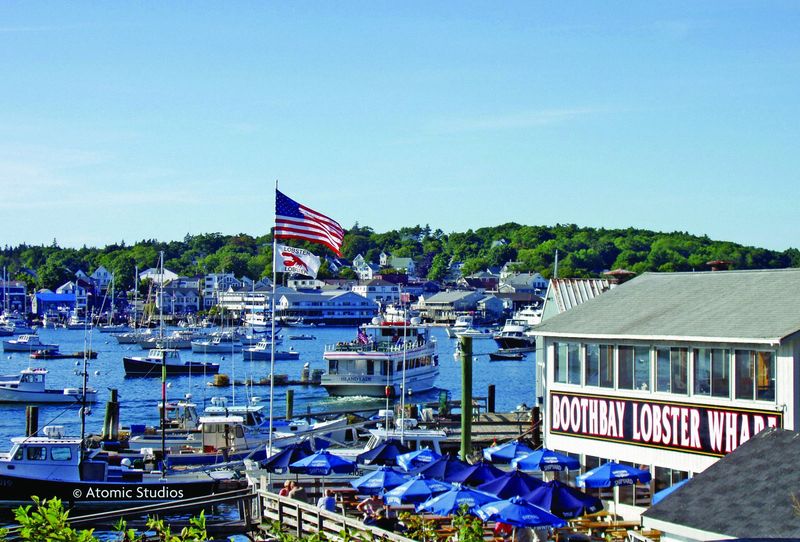
Boothbay Harbor, famous for its boating culture and narrow streets, now faces some of the most significant congestion of any small Maine town. On summer weekends, gridlock is common as drivers circle for parking and pedestrians crowd narrow sidewalks.
The town’s working harbor still exists, but dock space has increasingly shifted toward seasonal tour boats. The nearby Coastal Maine Botanical Gardens, a major regional attraction, draws large numbers of visitors who often filter through town, adding to traffic and parking demand. Shops that once served local year-round needs have either relocated or reoriented toward seasonal visitors.
While Boothbay Harbor continues to attract travelers with whale-watching, harbor cruises, and classic Maine seafood, the balance between community life and tourism remains fragile. Residents often plan around peak visitor hours, while the town council discusses strategies to better manage flow. Boothbay remains beautiful, but its original pace of life has been permanently altered.
7. Rockland’s Art Scene Squeeze

Rockland has become a cultural hub, anchored by the Farnsworth Art Museum and the Center for Maine Contemporary Art. These institutions, along with annual festivals such as the Maine Lobster Festival, have boosted Rockland’s profile nationally.
In 2025, however, the town experiences crowding during summer festivals, straining infrastructure and parking. Locals frequently note that Main Street, once lined with hardware stores and service businesses, now largely caters to tourists through galleries and boutiques. While the arts scene has revitalized Rockland economically, longtime residents say that everyday needs now often require trips to nearby towns.
Festivals bring cultural energy but also traffic congestion that can make navigation nearly impossible on peak days. Rockland remains a strong example of how cultural investment can reshape a community, but it also illustrates the pressures that come with success. The working-class maritime character endures but feels secondary to the arts-driven tourism economy that dominates today.
8. Freeport’s Shopping Saturation

Freeport is best known as the home of L.L.Bean’s flagship store, which remains open year-round and draws significant numbers of visitors. Surrounding outlets and shopping complexes have transformed the town into one of Maine’s busiest retail centers.
By 2025, Freeport resembles a regional shopping destination, especially during peak travel months when tour buses arrive daily. Historic structures in the center have been repurposed for retail, and parking facilities were built to accommodate heavy demand. While the town benefits economically, residents often feel disconnected from the commercial atmosphere.
Traffic backups on I-295 near the Freeport exit are common during summer weekends, and downtown streets are often overwhelmed with foot traffic. Freeport still retains elements of its historic village identity, but they are less noticeable amid the shopping environment. For visitors, the town offers convenience and variety, but for locals, the transition reflects how commerce has redefined community character.
9. Wiscasset’s Traffic Nightmare
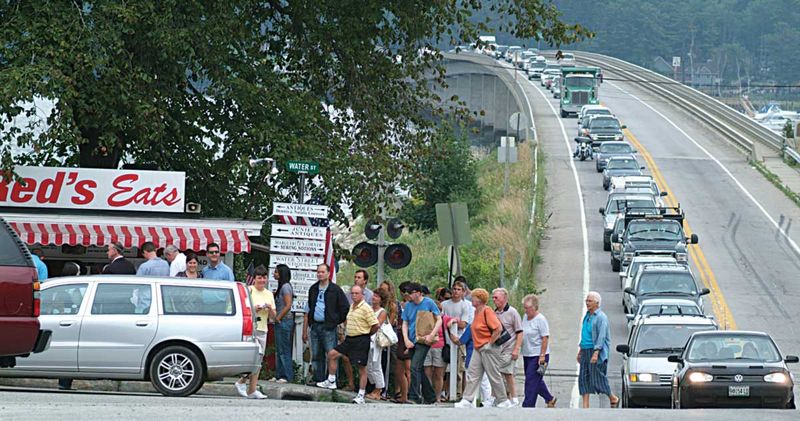
Wiscasset, known for its preserved 18th- and 19th-century buildings, also carries the unofficial nickname “Maine’s prettiest traffic jam.” Route 1 narrows through its historic downtown, creating lengthy backups each summer as tourists stop for food and sightseeing.
By 2025, traffic delays regularly extend miles outside town during peak hours, frustrating both residents and travelers. While popular roadside stands and small businesses benefit from pass-through traffic, locals often describe feeling trapped, with simple errands taking far longer than expected.
Proposed bypass projects have faced opposition due to concerns about diverting business, leaving the issue unresolved. Wiscasset remains a scenic and historic stop, but its appeal comes with a cost in accessibility. The picturesque character is intact in its architecture and waterfront, but the heavy seasonal traffic overshadows its charm for many residents, highlighting the tension between preservation, business interests, and livability.
10. Southwest Harbor’s Quiet Side Disruption

Southwest Harbor, located on the “quiet side” of Mount Desert Island, once offered a respite from the busier town of Bar Harbor. By 2025, that reputation has fueled its own popularity, as visitors seeking escape increasingly fill its restaurants, shops, and harbor.
Parking shortages are now common by mid-morning, and dining wait times stretch well into the afternoon during peak season. The harbor, still active with working lobster boats, must now accommodate growing numbers of recreational craft and visitors. Residents report that the calm, small-town pace has been disrupted during summer months, making off-season the only time to fully experience the community’s traditional atmosphere.
While Southwest Harbor remains beautiful and authentic, its identity as the quieter alternative has ironically undermined its solitude. It remains a welcoming gateway to Acadia’s western side, but like many Maine towns, it struggles to preserve tranquility while embracing its rising visibility.
Dear Reader: This page may contain affiliate links which may earn a commission if you click through and make a purchase. Our independent journalism is not influenced by any advertiser or commercial initiative unless it is clearly marked as sponsored content. As travel products change, please be sure to reconfirm all details and stay up to date with current events to ensure a safe and successful trip.